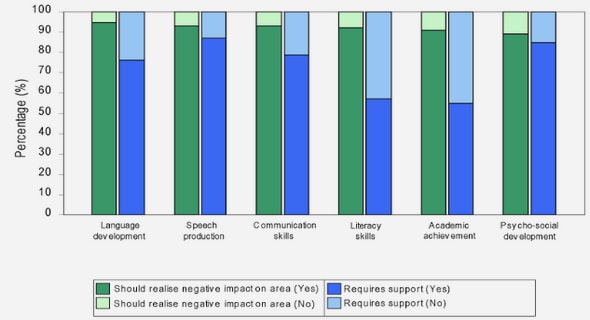(Downloads - 0)
For more info about our services contact : help@bestpfe.com
Table of contents
1. GROWING INTEREST FOR WOOD
1.1. Poplar as a model for wood studies
1.2. Wood properties
1.2.1. Formation and structure
1.2.2. Chemical composition
2. TENSION WOOD
2.1. Modulation of the tree orientation
2.2. The G-fiber
2.3. Peculiar properties of the G-layer
2.4. Molecular players potentially important for the G-layer properties
2.4.1. Beta-galactosidase
2.4.2. Fasciclin-like arabinogalactan protein
2.4.3. Chitinase-like protein
3. TOWARDS A MODEL OF THE TENSILE STRESS GENERATION
Objectives and strategy
MATERIALS & METHODS
I. Plant material
1.1. Poplar
Plant origin and manipulations
Sampling for diverse use
Acclimatization and sampling of transgenic lines for screening
Acclimatization and sampling of selected transgenic lines
1.2. Genetically modified poplars
Production of RNAi vectors
Plant transformation and regeneration
Selection of transgenic lines
1.3. Simarouba
II. Bioinformatic analyses
Alignments
Construction of primers
Phylogenetic analysis
III. Transcriptomic analyses
3.1. RNA isolation
3.2. RT-PCR
3.3. RT-qPCR
IV. Beta-galactosidase activity
4.1. Localization with X-Gal substrate
4.2. Quantification with MUG substrate
V. Wood characterization
5.1. Wood anatomy
Safranin/Alcian-blue staining
5.2. Immunohistolocalization
Fixation and embedding
Methylene blue/Azur II staining
Epitope detection
5.3. Wood chemical properties
Middle Infrared spectroscopy
5.4. Cellulose ultrastructure
X-ray diffractometry Identification and characterization of molecular players in tension wood of poplar
1. Article: CHITINASE-LIKE PROTEIN
2. FASCICLIN-LIKE ARABINOGALACTAN PROTEIN
2.1. FLA family
2.1.1. Phylogenetic analysis
2.1.2. Expression analysis in wood
2.2. Characterization of FLA1 and FLA14
2.2.1. Expression profile of FLA1 and FLA14
2.2.2. Production of FLA1 and FLA14 transgenic lines
2.2.3. Traits of FLA1 and FLA14 transgenic lines
2.3. Discussion
3. BETA-GALACTOSIDASE
3.1. Beta-galactosidase activity
3.1.1. Localization with X-Gal substrate
3.1.2. Quantification with MUG substrate
3.2. BGAL family
3.2.1. Phylogenetic analysis
3.2.2. Semi-quantitative expression analysis in OW and TW
3.2.3. Quantitative expression analysis in NW, OW and TW
3.3. Characterization of BGAL7
3.3.1. Expression profile of BGAL7
3.3.2. Production of BGAL7 transgenic lines
3.3.3. Traits of BGAL7 transgenic lines
3.4. Discussion
Localization of molecular players in tension wood fibers of simarouba in comparison to tension wood fibers of poplar
4. SIMAROUBA
4.1. Immunolocalization of RG-I and AGP structures in TW fibers of simarouba
4.2. Comparison of immunolocalization between S-G layer of simarouba and G-layer of poplar
4.3. Discussion
GENERAL DISCUSSION



